He built big. He built small. He built bridges. He built grain elevators and cotton compresses. He built houses. And always he built to last. And he could build to last because he built with concrete.
Born in Milam County in 1884 and raised in Dallas, Charles Moss Davis was a civil engineer and bridge builder who specialized in industrial concrete construction. He was a pioneer in the system of high bridge pier construction using moving forms. He came to Fort Worth in 1907 to serve as chief engineer on a planned interurban line between Fort Worth and Mineral Wells, but the financial panic of 1907 stopped that project. Also in 1907 he urged the city of Fort Worth to build a reservoir on a site he had selected on the Clear Fork of the Trinity River near Benbrook. (But not until 1952 would Benbrook Lake be impounded.) He was a consulting engineer to the city of Fort Worth and a bridge consultant to the State Highway Department. He helped build canals in Nebraska, South Dakota, and Wyoming. He advised railroads and the Corps of Engineers on bridges. He designed and supervised construction of the seawalls for forts Crockett and Travis on Galveston Island. He supervised construction of the Houston Ship Channel in 1908-1911.
And all of this without a day of college.
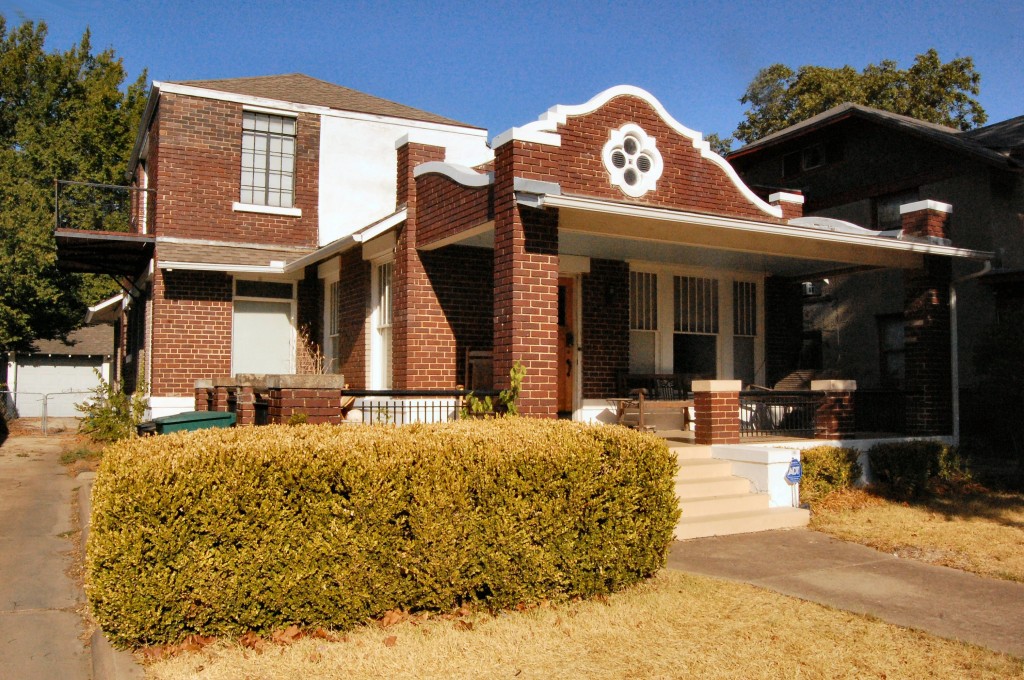
But Davis also built houses. For example, he built this house for himself on College Avenue in South Hemphill Heights in 1914 when he was about thirty. Note the quatrefoil.
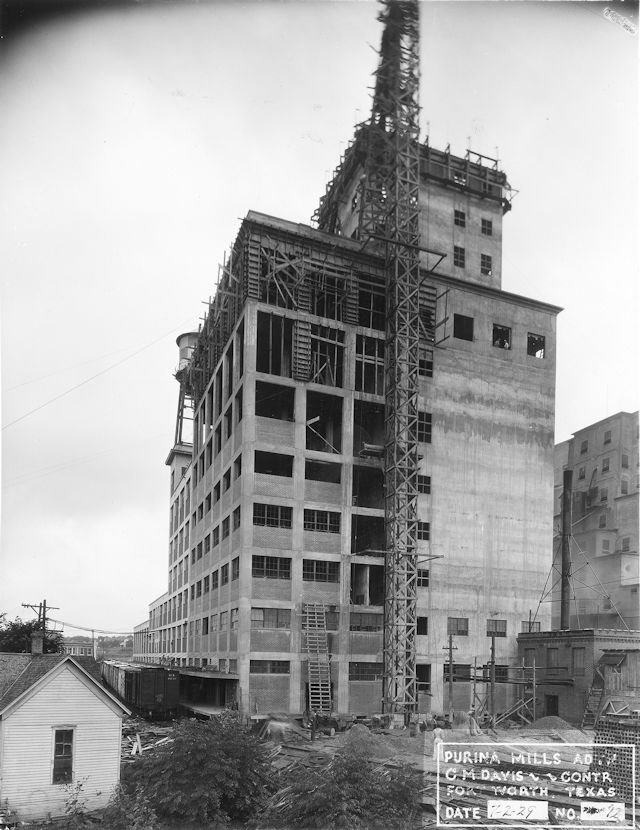 In 1929 Davis built an addition to the Ralston Purina mill east of downtown. (Photo from University of Texas at Arlington Library.)
In 1929 Davis built an addition to the Ralston Purina mill east of downtown. (Photo from University of Texas at Arlington Library.)

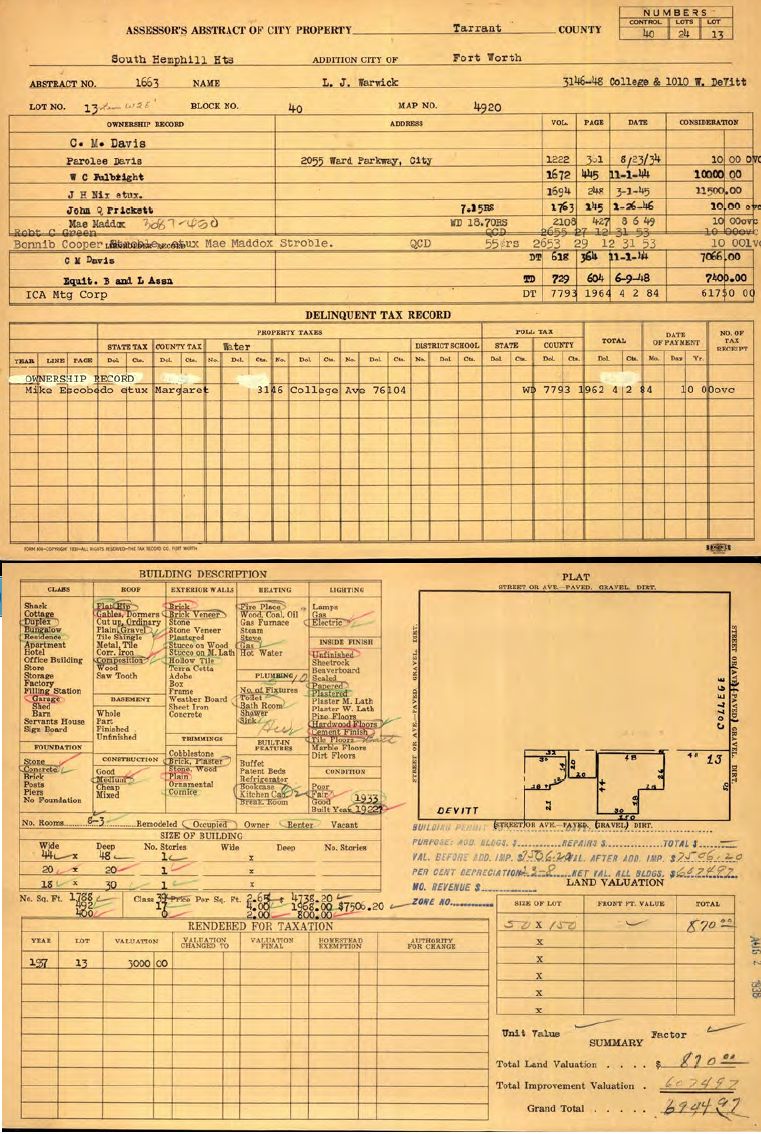 In the 1930s Davis began to think small: He applied his knowledge of industrial concrete construction to “apart-homes,” such as this one at 1010 West Devitt Street (just around the corner from the Davis home) made of concrete block, glass block, and stucco. His daughter, Martha Zoe, was his designer.
In the 1930s Davis began to think small: He applied his knowledge of industrial concrete construction to “apart-homes,” such as this one at 1010 West Devitt Street (just around the corner from the Davis home) made of concrete block, glass block, and stucco. His daughter, Martha Zoe, was his designer.
 Daughter Martha Zoe studied design at Sophie Newcomb College and the Art Students League in New York.
Daughter Martha Zoe studied design at Sophie Newcomb College and the Art Students League in New York.
Father and daughter built their other apart-homes near TCU. Even on this small scale, the Davises’ love of the streamline moderne architecture of the era is evident.
 This ad for Worthcrete in 1935 features a “modernistic efficiency home” designed and built by Davis at a cost of $1,695 ($32,000 today).
This ad for Worthcrete in 1935 features a “modernistic efficiency home” designed and built by Davis at a cost of $1,695 ($32,000 today).
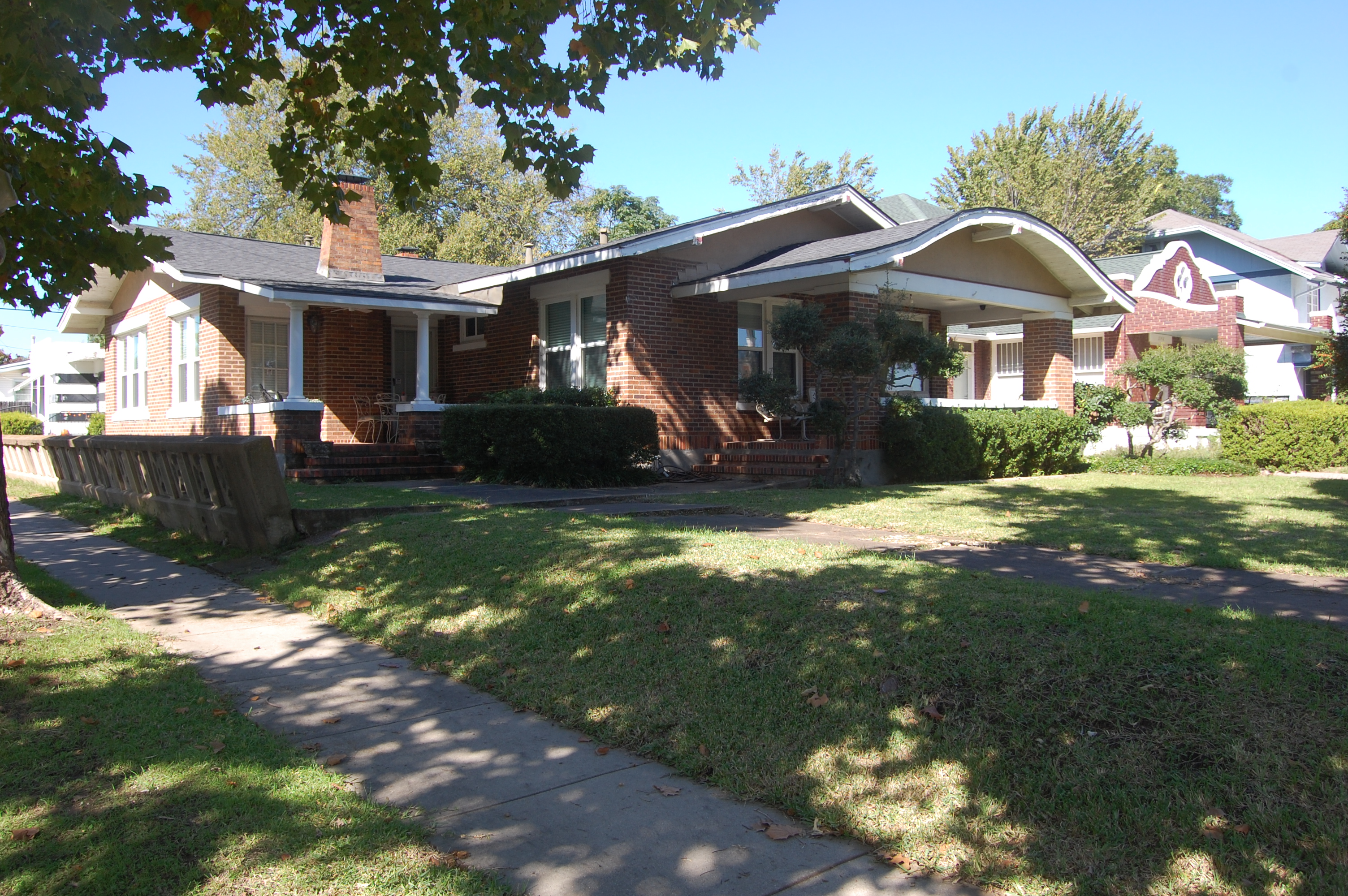 Davis also built the house at 3146 College Avenue (1922) next to his own. The Devitt apart-home technically is on the 3146 College Avenue lot. The Devitt house can be seen on the left, the Davis house on the right.
Davis also built the house at 3146 College Avenue (1922) next to his own. The Devitt apart-home technically is on the 3146 College Avenue lot. The Devitt house can be seen on the left, the Davis house on the right.
 Note the decorative concrete wall along the side of the 3146 College Avenue house–surely the signature of a concrete master.
Note the decorative concrete wall along the side of the 3146 College Avenue house–surely the signature of a concrete master.
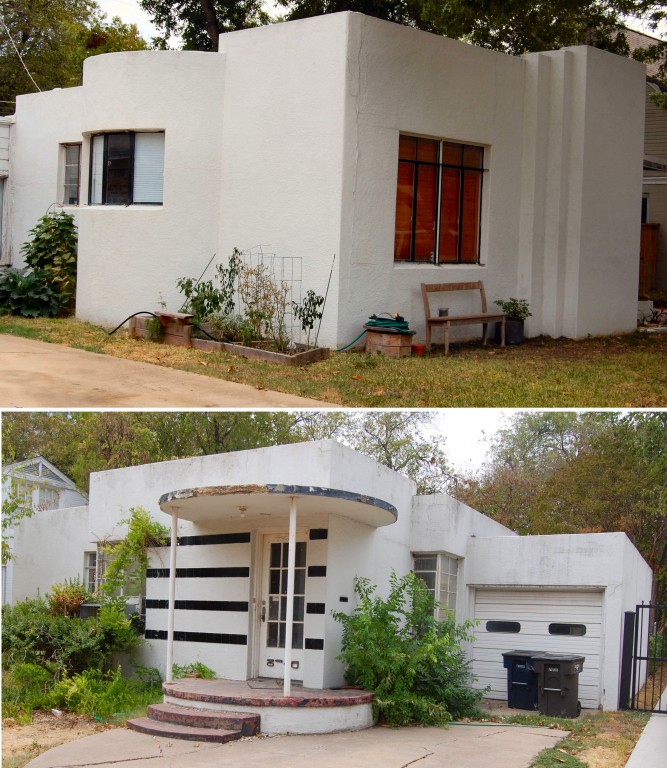
These two apart-homes (1936) face each other on Waits Avenue. But in the 1930s the unusual design of the apart-homes made them difficult to sell.
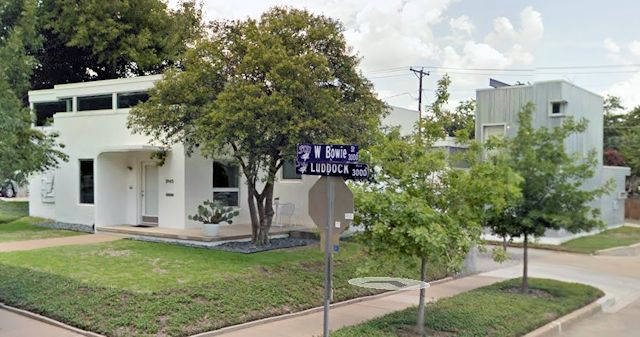
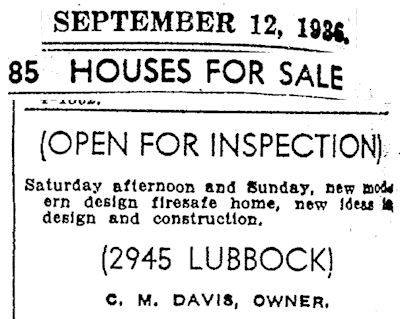 This Davis apart-home at 2945 Lubbock Avenue is larger and has been modified since Davis advertised it in 1936.
This Davis apart-home at 2945 Lubbock Avenue is larger and has been modified since Davis advertised it in 1936.
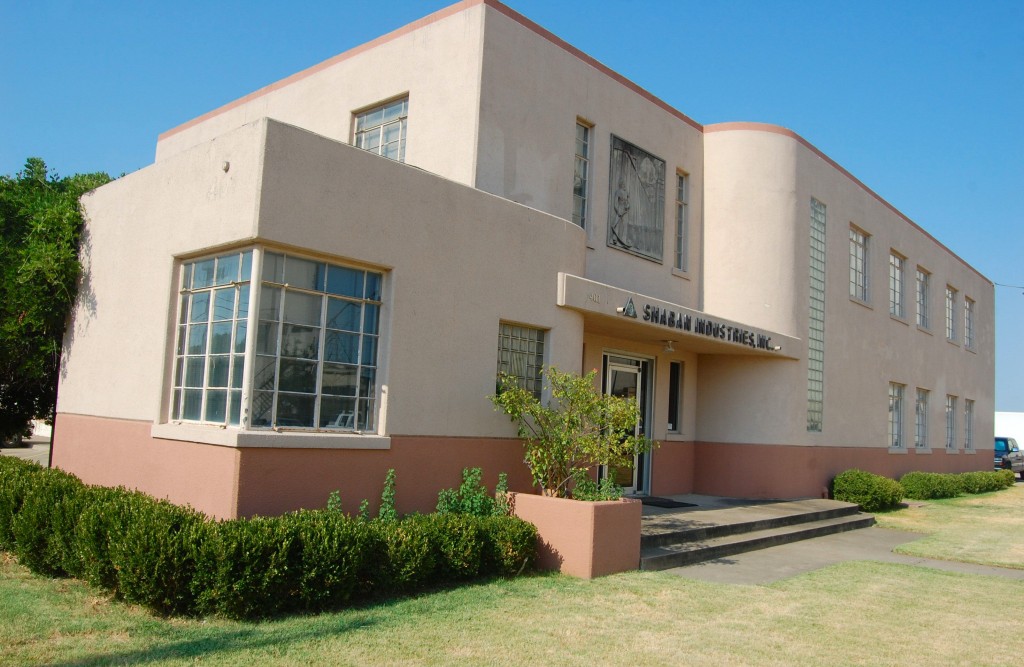
In 1940 Davis built the office building of Universal Mills grain elevator on Beach Street. (Bonus trivia: That year Universal Mills’ Gold Chain flour became the sponsor of Ernest Tubb on radio station KGKO.)
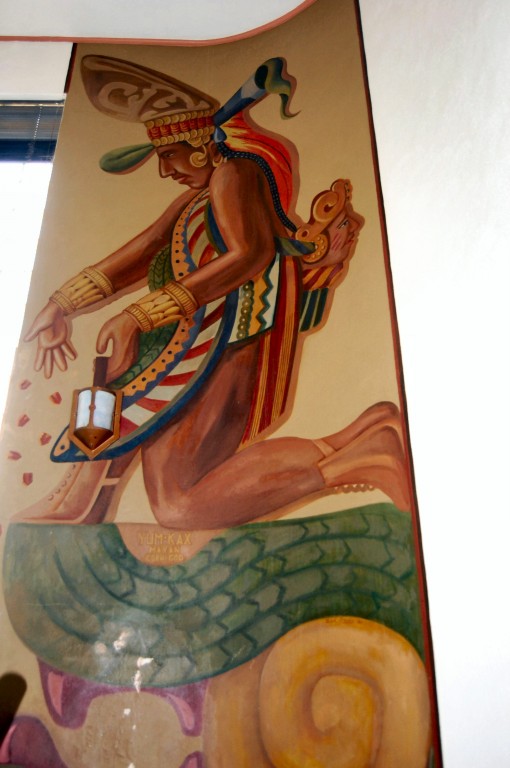
Zoe Davis painted this mural in the stairwell of the Universal Mills office building. It depicts Yum Kaax, the Mayan god of agriculture. Zoe also was a professional cartographer.
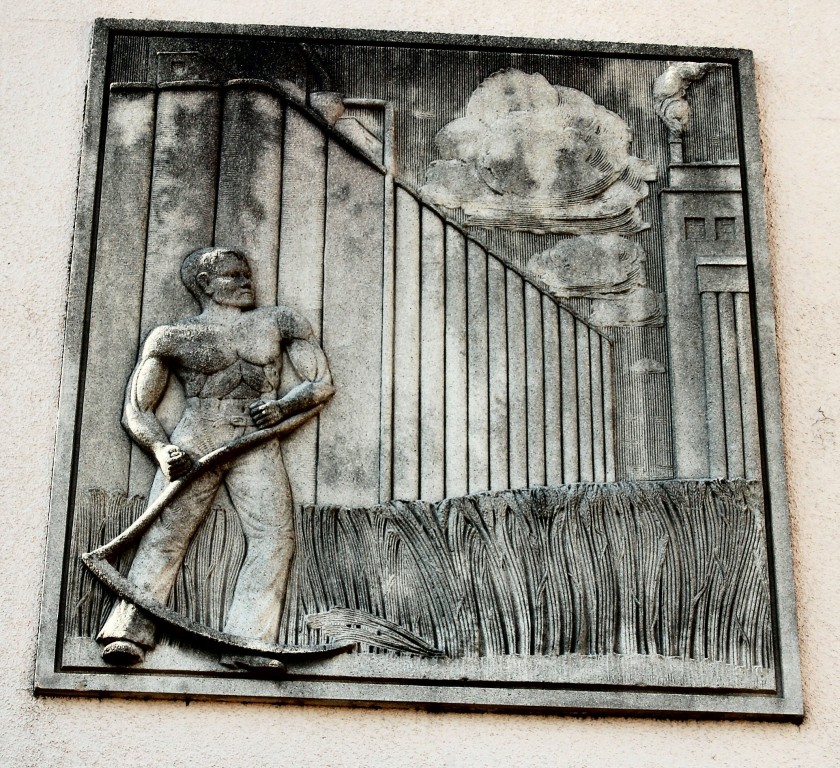
Local artist Dwight C. Holmes sculpted this relief over the entry door. It depicts a grain elevator and a man reaping wheat. (Holmes also created artwork for the main post office, Casa Manana, and Fair Park.)
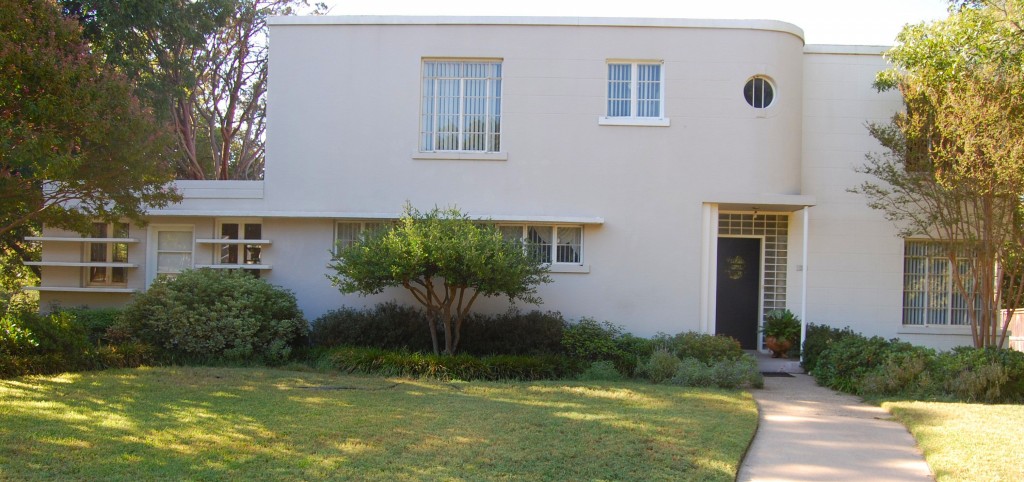
Finally, the Davises designed and built their family home in Berkeley Place on Ward Parkway (1938). It is built of concrete. Fireproof, rustproof, termiteproof. Pert near bombproof. Davis built a spiral staircase from the basement to the top deck—of concrete, of course. This style of architecture isn’t everyone’s cup of cement, but I think it’s interesting to be able to see, years later, so much of two people’s fingerprints on Fort Worth.
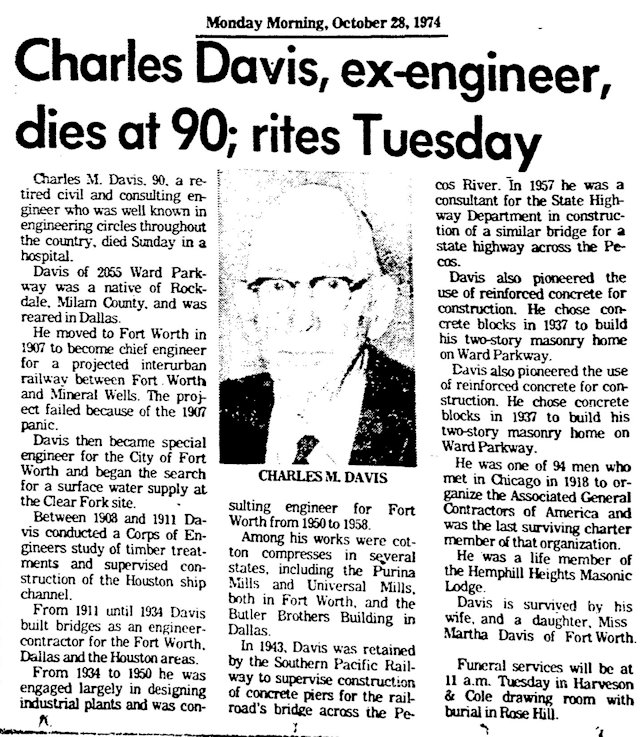
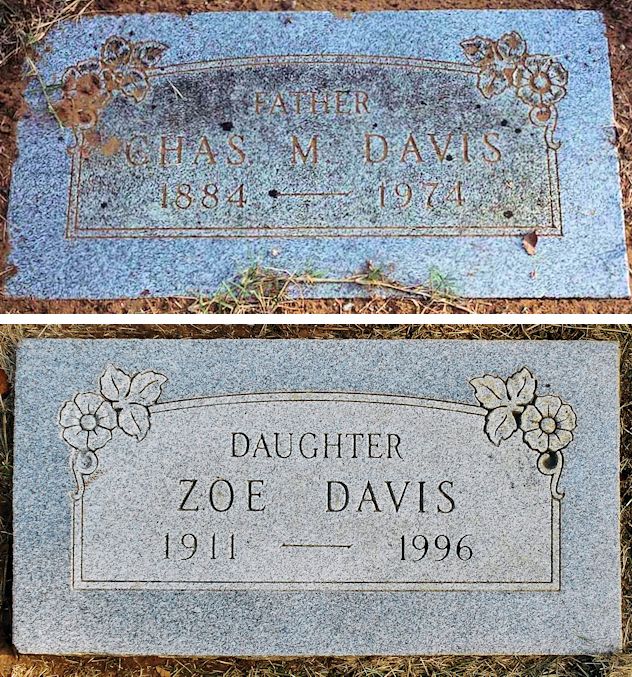 Charles Moss Davis died on October 27, 1974. He and daughter Martha Zoe are buried in Rose Hill Cemetery. The man who built to last using concrete is memorialized by a block of marble.
Charles Moss Davis died on October 27, 1974. He and daughter Martha Zoe are buried in Rose Hill Cemetery. The man who built to last using concrete is memorialized by a block of marble.





